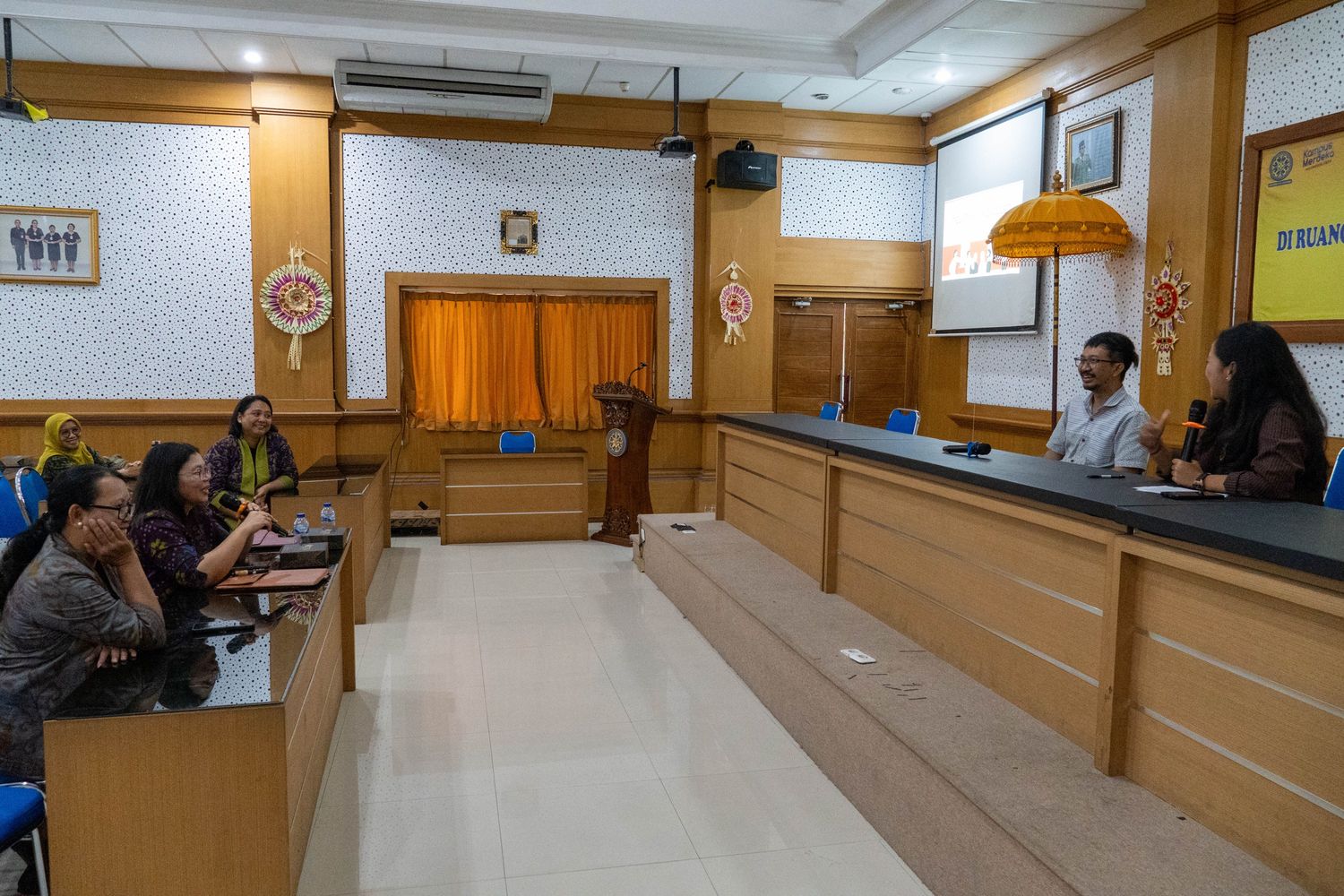Cultural mix, not supremacy: Indonesian scholars
 Picture by Badrika Nath Das
Picture by Badrika Nath Das
Indonesian and Odia delegates attend the seminar at Ravenshaw University in Cuttack on Tuesday.
Cuttack, Nov. 15: Indonesian scholars interacting today with their Indian counterparts, mostly Odias, resisted the assumption made by historians that traders from Kalinga had colonised islands in Indonesia by carrying out maritime activities and introducing their culture and civilisation.
The scholars said it was not a case of cultural imperialism but cultural assimilation.
The scholars and historians were taking part in a conference organised by the Kalinga Lanka Foundation as part of the Kalinga Indonesia Dialogue at Ravenshaw University. With former Indian ambassador to the US, Lalit Mansingh, as moderator - the two pre-lunch sessions dwelled on the Kalinga Indonesia connection - largely maritime contacts, art, architecture and religion.
Benudhar Patra said though Kalinga or ancient Odisha had contact with many countries, its overseas relationship with the islands of Indonesia -- Java, Sumatra, Bali and Borneo - was of special importance.
"The Indonesian islands formed the most attractive destination for the merchants of Kalinga as they were lucrative and flourishing. At a particular stage of Kalinga's history, overseas trade simply meant trade with Indonesia. Commercial relationship that initially developed between Kalinga and these islands subsequently led to the growth of political and cultural relations. Political interaction led to the establishment of a political power in Indonesia by the early Kalingans. The prosperity of the Kalingans and religious impact of Kalinga on the societies of these Indonesian islands were tremendous," said Patra, an associate professor at a government college in Chandigarh.
The professor in archaeology from Udayana University in Indonesia, I. Wayan Ardika, said: "There is a strong indication that contacts between India and Bali had started from the 2nd century BC and continued till tenth century AD. Trade contacts between India and Indonesia were possibly continuous at least till the 9th century AD. Apart from Indian traders, Buddhist and Hindu priests might visited Bali in the 8th century AD." Ardika also said discoveries of clay stupas with mantras inscribed on them suggests that Bali became an integral part of the Buddhist world.
Due to the Kalingan influence on Indonesia, Ardike said: "It was a kind of continuity in relations from the pre-Indian contact period. The local elite needed something different as a status symbol in society. That is the reason why they assimilated the best of Kalingan society."
"Since archaeological data is limited, it is impossible to know whether Balinese or Indonesian traders were also travelling to the Indian subcontinent. This question must be answered to understand the mechanism of trade between foreigners and Balinese in the past," Ardike said.
The secretary of Odisha Institute of Maritime and Southeast Asian Studies, Sunil Kumar Patnaik, said the economic factor and the profit of overseas trade were the major reasons for the maritime activities of the people of Kalinga.
"Missionary activities were also undertaken to Java and Borneo during the post-Asokan period from Kalinga and references indicate that there was a mass migration to Indonesia with the establishment of the Sailendra empire," Patnaik said.
"The cultural milieu is reflected in the language, literature, art and religion of eastern India and those of the Southeast Asian countries," Patnaik said.
The former secretary of the department of archaeology, Udayana University, I. Wayan Redig said: "Historically, Hinduism was brought to the Indonesian archipelago by the Indian traders in the 4th century AD. Hinduism spread all across the country. Java with its great Hindu and Buddhist monuments was ruled by Hindu kings."
"Although India provided the theological framework of Indonesian Hindu-Buddhist faith, it was greatly modified after its adoption with Indonesian traditions," Redig said.
Redig said the cult of ancestor worship and natural powers, which were traditionally Indonesian, developed together with Hinduism in different parts of the country. In central Java, it came to be known as the central Javanese Hinduism, in east Java it was eastern Javanese Hinduism and in Bali it was called Balinese Hinduism.
"Balinese Hinduism is a combination of different elements derived from different areas and eras. This phenomenon can be found after scrutinising the very many temples," Redig said.
"There is no special relation between Indonesia and Odisha despite good political and economic relations between the two regions. In the last two-and-a-half years, I have interacted with a number of business groups from Indonesia. I was always happy to learn that they are very much familiar with Odisha and given an opportunity, they would like to do big business in our state," said Union petroleum minister Dharmendra Pradhan, who inaugurated the event.
"If Cuttack and Denpasar in Bali could be developed as sister cities, it would be a great move. I will request the external affairs ministry to do the same," said Pradhan.


UDAYANA UNIVERSITY